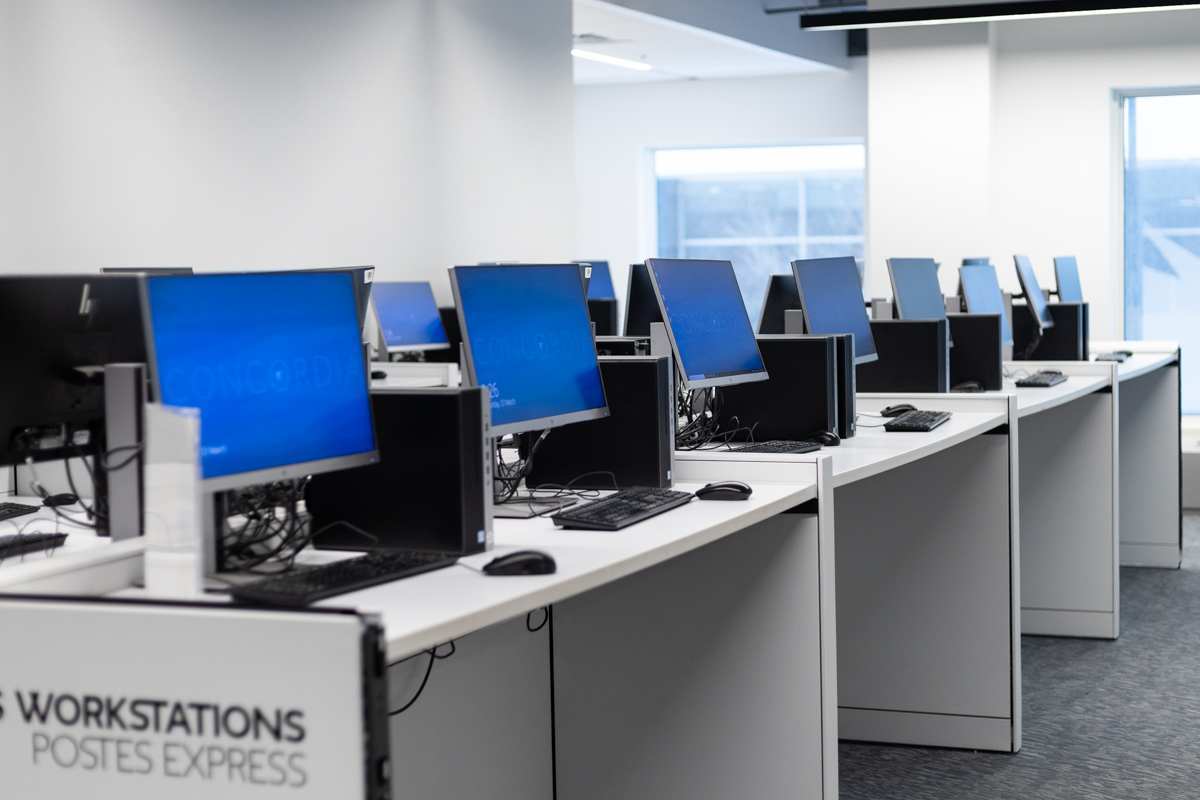How five Canadian universities are paving the way towards safer data and cyber-infrastructure
The Government of Canada recently announced that they will award $76.4 million over four years to the National Cybersecurity Consortium (NCC), with additional funding bringing their total initial budget to $160-million. The NCC is a federally-incorporated non-for-profit partnership that was founded in 2020, which includes five Canadian universities: Concordia University, Ryerson University, the University of Calgary, the University of New Brunswick, and the University of Waterloo. It is intended to be a world-class cybersecurity innovation and talent development network.
This announcement came during a critical time when cybersecurity is being placed at the forefront — it is currently being used as a defense against cyber attacks and part of numerous military operations.
A few weeks before the invasion of Ukraine by Russian military forces, Global Affairs Canada suffered a cyber attack. Canada’s cyber security agency speculates that the attack could have been from Russian or Russian-backed hackers. Mourad Debbabi, a Concordia University professor affiliated with the Concordia Institute for Information System Engineering and the director of Concordia’s Security Research Centre, emphasized the importance of such funding.
“It is everywhere; most companies have digitization and automation initiatives. One of the key factors for the successful deployment of technologies is security. So what’s the point of using technology if it’s not secured? Then you’re going to lose your data,” explained Debbabi.
This seems to be a key question that has potentially been neglected by the government until recently, when recent events, such as the cyber attack on the Global Affairs agency, pointed towards these gaps. Rafal Rohozinski, principal at the SecDev Group, senior fellow at Canada’s Centre for International Governance Innovation and CEO of Zeropoint security, has warned about a future cybergeddon— a conflict or a war that would take place in cyberspace and that would complete destroy society as we know it. This cybergeddon is something many security professionals fear, and have attempted to raise the alarm and point towards strengthening our cybersecurity.
Professor Debbabi states that the solution is in the numbers — and in collaboration.
“Very often, you don’t find that many faculty members with expertise in cybersecurity within one university. You need people that have the ability to defend and protect assets in terms of data, assets in terms of services, in terms of critical infrastructure — such as government networks, internet service providers and financial institutions. This is why creating an inter-university network, it’s an extremely smart idea because we will not work in isolation,” said Debabbi.
The above statement outlines the core mission of the NCC, which is to form a national and international network of cybersecurity research. Debbabi further states that the objective of the network is to advance the cybersecurity agenda — such as the network and the partnership between the universities— in terms of research and development (R&D), commercialization, innovation and training that is shared among the founder institutions.
“With this network, we can have a strong positive impact on cybersecurity in Canada. It will enhance the landscape of cybersecurity in terms of R&D, training, and innovation,” Debbabi explained.
“The network is giving us the means to bring together the ecosystem and instead of working in isolation, companies and universities will have the means to strategize, to work together and to define activities in these three areas.”
Photo by Catherine Reynolds
